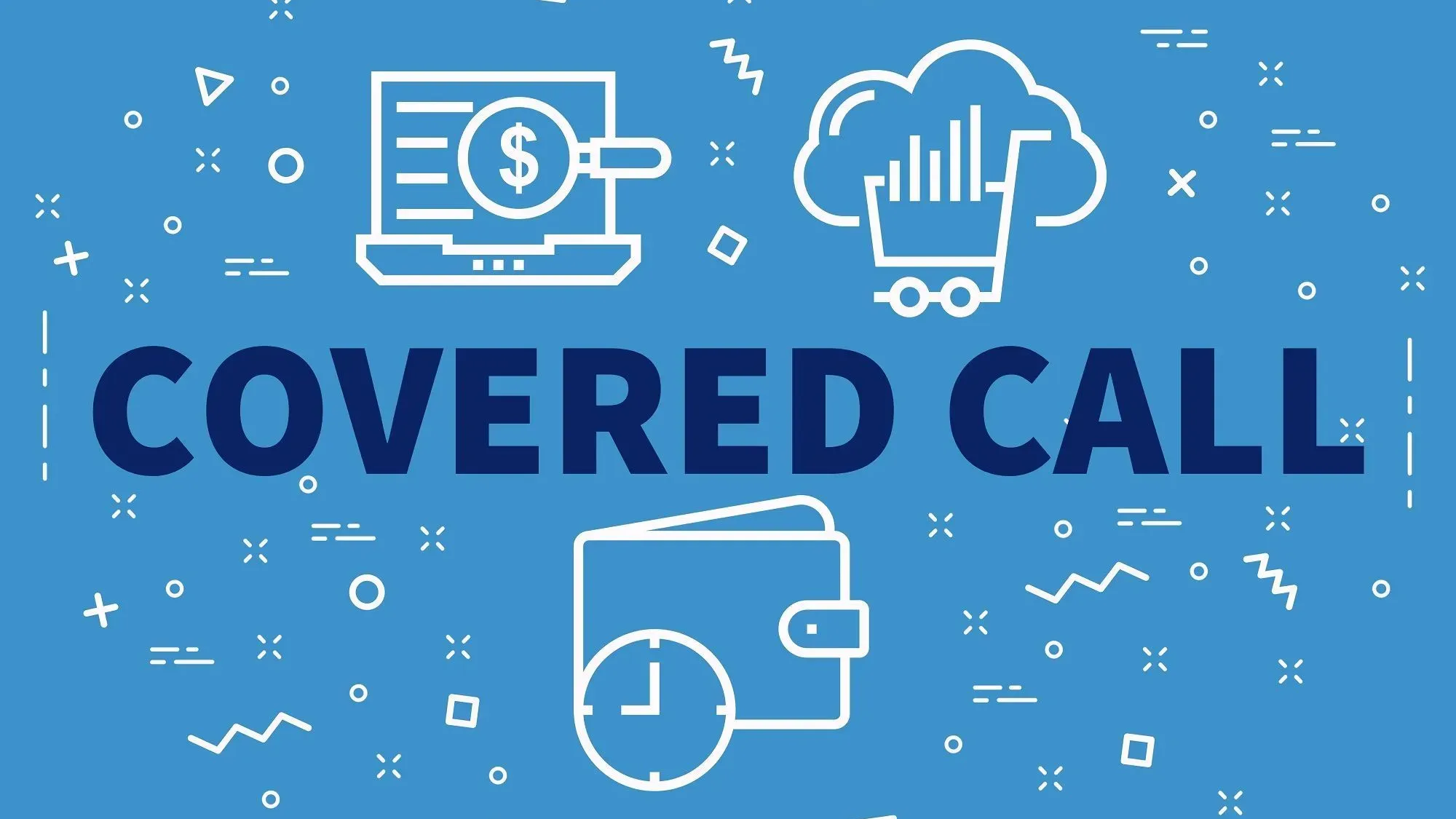So, What Is A Covered Call?
Apr 30, 2025
📈 Covered Calls: Wall Street's Favorite Passive Income Secret
Updated April 2025 | 4-Minute Read Time
Maybe you've heard the term "Covered Call" options. Covered calls are a simple, repeatable strategy to generate consistent income—even when your stocks aren’t moving much. You don’t need to be a Wall Street pro.
Let’s break it down in plain English: what it is, how to do it, and when to avoid it.
💡 What Is a Covered Call?
A covered call is an options strategy where you:
-
Own 100 shares of a stock (this is your “cover”)
-
Sell a call option on that same stock
If the stock stays flat or moves up a little, you keep the premium 💰 from selling the option. If the stock flies past the strike price, you may have to sell—but you still lock in a profit.
Think of it like renting out your stock for extra income.
✅ Benefits of Covered Calls
1. Generate Cash Flow From Boring Stocks
If your stock is just sitting there, you can earn income while you wait. It’s like turning your parked car into an Airbnb.
2. Lower Your Cost Basis
Every premium you collect reduces your effective purchase price on the stock.
3. Built-In Risk Management
Covered calls offer limited risk compared to other options strategies.
4. Use in Tax-Advantaged Accounts
Yup, you can do this in many IRAs. You get the premium without triggering taxable events.
⚠️ Risks & When to Avoid Covered Calls
1. You Cap Your Upside
If the stock shoots past the strike price, you miss out on those extra gains. This isn’t the move if you’re super bullish.
2. You Still Own the Downside
If the stock crashes, the premium is a small consolation. You still own the shares.
3. You Need 100 Shares Per Contract
No fractional shares here. You need full lots to play so this can take a good amount of capital.
4. You Might Have to Sell
If your call is assigned, you’ll need to sell your 100 shares at the strike price—whether you want to or not.
🧠 Real Example (Simple Math Time)
You own 100 shares of stock XYZ, trading at $100. You sell a call with a $105 strike price and collect $2.00 per share in premium (that’s $200 total).
Two outcomes:
-
Stock stays under $105: You keep your shares and the $200 premium. Win-win.
-
Stock jumps above $105: You sell at $105, capping your gain, but still profit from the stock going from $100 to $105, plus the $75 premium.
🧪 When to Use Covered Calls
Covered calls work best when:
-
You expect the stock to go sideways or slightly up
-
You want income now and are okay selling later
-
You’re not trying to time the market or swing for home runs
Avoid them if:
-
You think the stock is about to soar
-
You’re not ready to part with your shares
-
You’re holding volatile stocks with major price swings
💰 Are Covered Calls Profitable?
Yes—when used with the right stocks and the right mindset. They’re not flashy. But they’re consistent. You won’t 10x your portfolio with covered calls, but you will steadily lower your cost basis and build cash flow.
🧾 Can I Do Covered Calls in an IRA?
In many cases, yes. Roth IRAs and Traditional IRAs often allow covered call writing if you’re approved for options trading. It’s a tax-efficient way to boost returns—especially for long-term holdings.
🔚 Final Word
Covered calls are the lunchpail strategy of options trading. They won’t make headlines, but they can put real income in your account month after month. If you’re sitting on a stock you don’t plan to sell anytime soon, start renting it out.
👉 Own 100 shares of anything? Then you can start collecting checks like a landlord.
✅ Join My Beginners Investing Master Class
✅ Take advantage of my FREE Financial Freedom Faster eBook
You don’t need to chase hype to build wealth—you just need a repeatable plan that pays you to stay patient.
— Steve
Disclaimer:
The following article is strictly the opinion of the author and is not to be considered financial/investment advice. CTL Community LLC and the author of this article do not claim to be a registered financial advisor (RIA) or financial advisor. Please visit our terms of service and privacy policy before reading this article. "Call to Leap may earn affiliate commissions from the links mentioned. Call to Leap is part of an affiliate network and receives compensation for sending traffic to partner sites such as ImpactRadius, CardRatings, MyBankTracker, and more."
Read more Curated Articles

